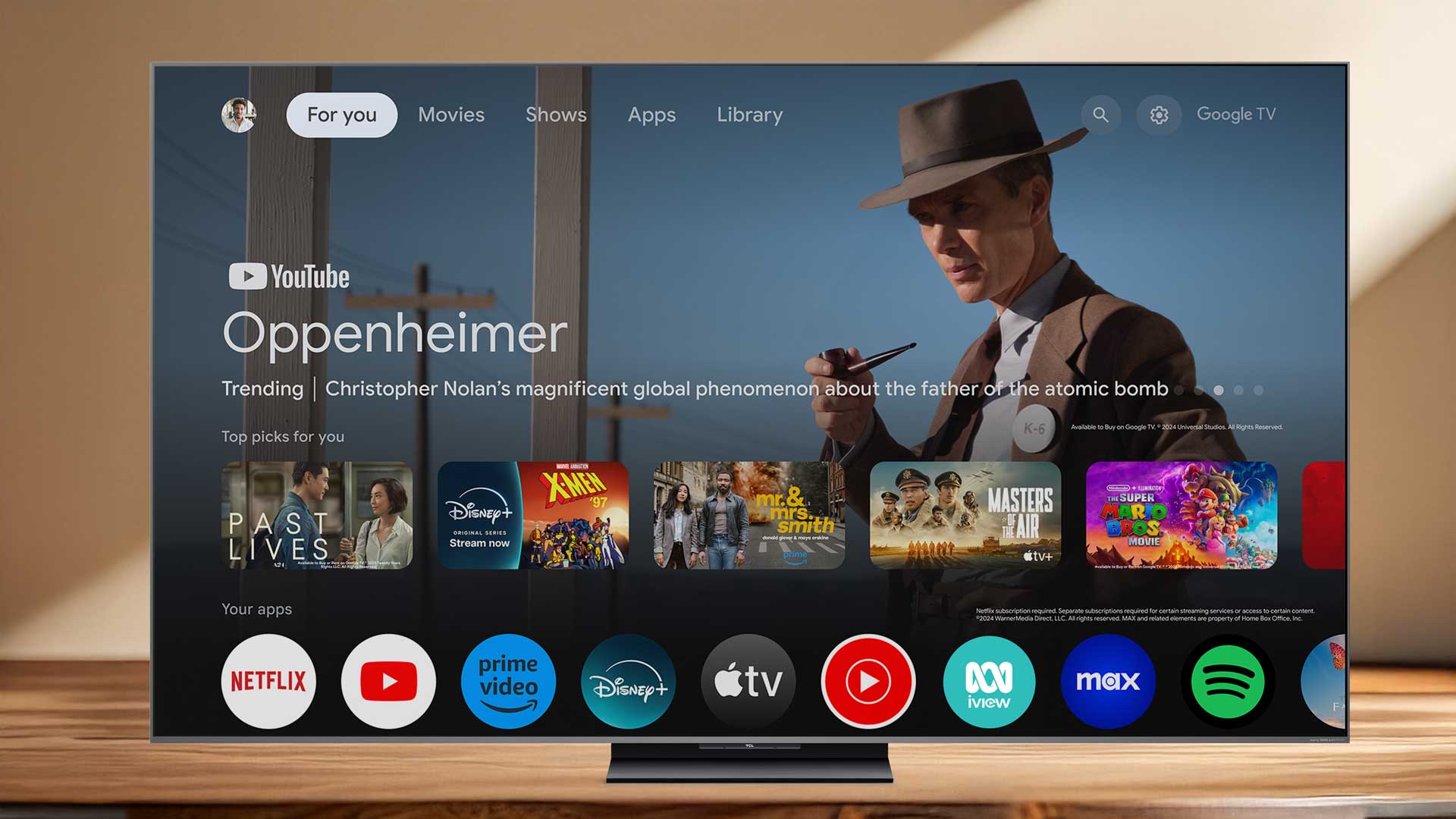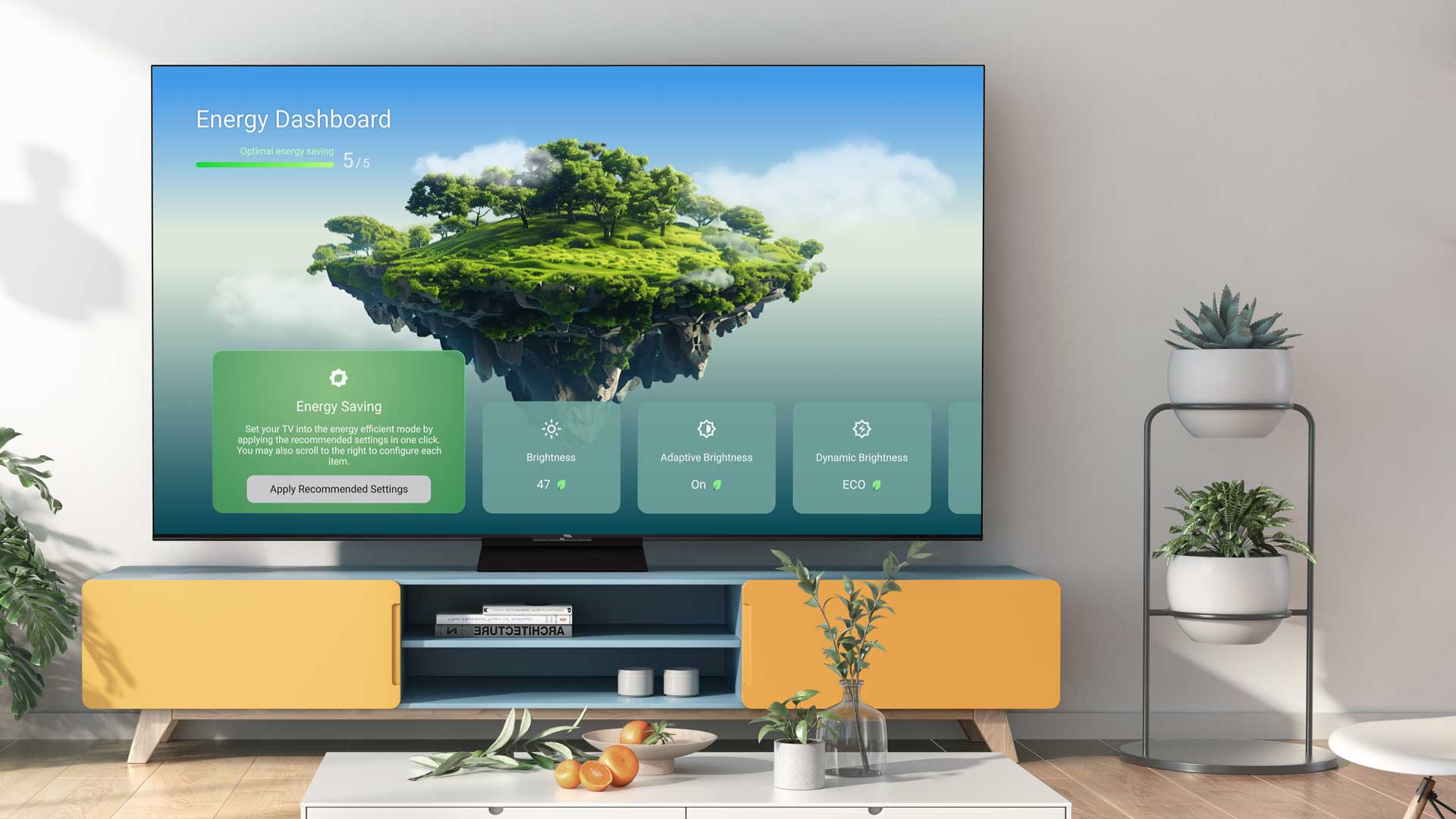TCL is about to start producing cheaper OLED panels – should LG and Samsung be worried?
A new manufacturing technique could shake up the OLED market – and potentially bring down TV prices

We've been begging for cheaper OLED TVs for years now, and a new development could finally (eventually) make them a reality.
TCL CSOT (the display development and manufacturing arm of TCL) has just broken ground on a facility in Guangzhou, China, that could give LG Display and Samsung Display something to worry about.
The $4.15 billion factory, which began construction just yesterday, will be the world's first to manufacture OLED panels using inkjet printing technology – a process that reportedly cuts production costs by around 20 per cent.
For two companies that have long dominated the OLED panel market, a well-funded Chinese competitor promising cheaper panels could represent a significant new challenge.
By printing OLED materials rather than using conventional evaporation techniques, TCL CSOT believes it can slash production expenses, while still delivering RGB OLED panels with strong performance credentials in terms of resolution and power efficiency.
If successful, this approach could pressure established manufacturers to reconsider their own pricing strategies.
Until now, the OLED panel market has been largely controlled by two South Korean giants – LG Display and Samsung Display. TCL CSOT's entry into this arena introduces a new competitor with deep pockets and ambitions to disrupt the status quo, particularly as the broader OLED market continues its upward trajectory.
The latest hi-fi, home cinema and tech news, reviews, buying advice and deals, direct to your inbox.
Industry projections suggest global OLED panel shipments will climb from just over one billion units in 2024 to approximately 1.33 billion by the end of the decade.
The Guangzhou facility will be capable of processing 22,500 large-format substrates each month. In display manufacturing, substrates are essentially the foundation sheets – typically glass – onto which all the OLED layers are built up.
These 8.6-generation substrates measure just over two metres in both dimensions, and once the OLED materials have been applied, they can be cut down into multiple smaller panels depending on the target application.
TCL CSOT has been explicit about its near-term manufacturing priorities – premium screens destined for notebook computers, tablets and desktop monitors will be the primary focus when production ramps up in 2027.
What the company hasn't done, is make any definitive statements about television panels. Equally, it hasn't dismissed the possibility.

Given that TCL itself is a prominent TV brand, the potential for this facility to eventually contribute to more competitively priced OLED televisions is far from unlikely. But time will tell.
Jun Zhao, who serves as both SVP of TCL Technology and CEO of TCL CSOT, positioned the initiative as a significant milestone: "Our T8 production line marks a breakthrough for the global display industry, showcasing technological capabilities and market potential in the high-generation AMOLED sector. By bringing together the entire value chain, from foundational materials to final product assembly, we are building a fully integrated, end-to-end industrial cluster designed to compete on a global scale."
The inkjet printing methodology has its roots in academic research, specifically work on solution-processed OLEDs.
Professor Sir Richard Henry Friend, whose research at the University of Cambridge helped pioneer this approach, offered his endorsement of the technology's commercial evolution: "It is wonderful to see the baton of printed OLED handed over to TCL. This has been the very best possible journey for the technology, and I'm so excited to see it move forward into its next very successful phase."
Mass production remains pencilled in for 2027, at which point we'll get a clearer picture of whether inkjet-printed OLED panels can deliver on their promise of reduced costs without compromising visual performance.
Even if TCL CSOT ultimately decides against producing panels specifically for televisions, the mere existence of a more cost-effective manufacturing process could have potential knock-on effects across the industry.
Established players may find themselves under pressure to improve their own efficiency, potentially benefiting anyone shopping for OLED technology – regardless of which company's logo appears on the front.
As for how this might translate to future TV technology and pricing? We’ll have to wait and see.
MORE
Best TV 2025: flagship OLEDs and budget LED sets tried and tested
Best soundbars 2025: options for every need, recommended by our experts

You must confirm your public display name before commenting
Please logout and then login again, you will then be prompted to enter your display name.
